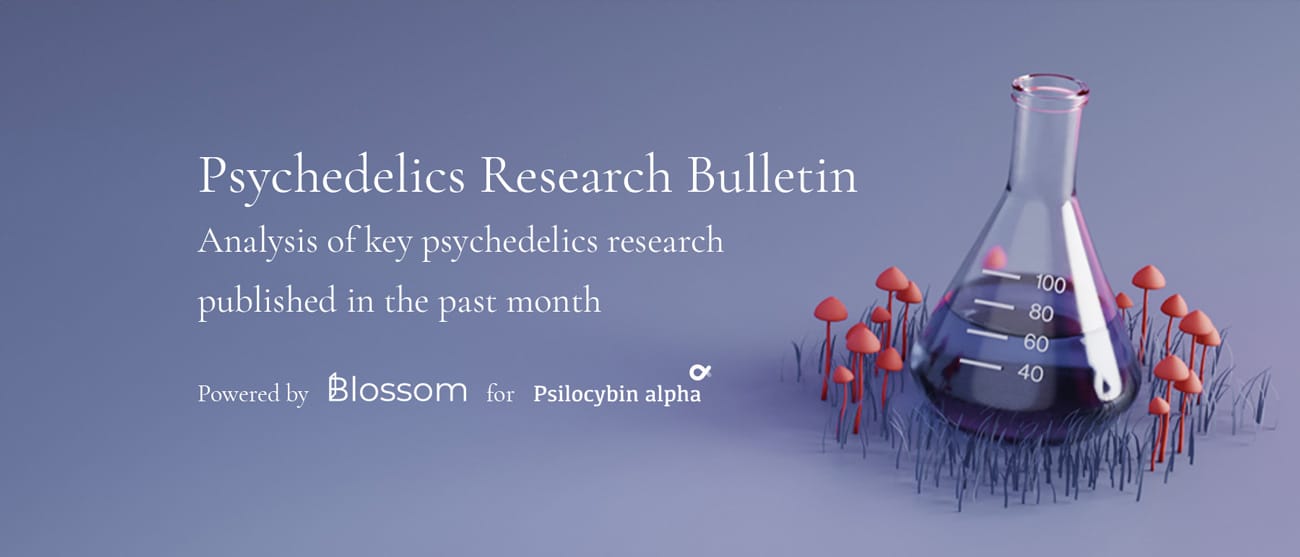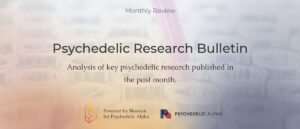This month we’ve learned about sleep quality after MDMA, microdosing leaves creativity hanging, and an exciting Phase II study with nitrous oxide was published. The debate on the mystical experience continues, fMRI studies are standing on a small foundation, and some encounter entities after smoking DMT.
fabulous Mystical Research Images
What if no study uses the same methodology, can you then still generalize the results that a field produces? That is what a review of fMRI (functional magnetic resonance imaging) studies with psychedelics investigates. Although there is much value in these types of studies, and there was overlap in the different techniques, the review does suggest that researchers standardize analysis techniques.
EEG (electroencephalogram) can provide another way of peering into the brain. Whereas fMRI has high spatial resolution (where), EEG does much better in answering when (temporal resolution). A study that combined EEG with machine learning finds that ketamine blocks access to learned predictive information. A way of interpreting this data is that ketamine also blocks access to negative predictive models/ruminations underlying depression.
Sticking with machine learning, a novel study applied it to analyze written reports of psychedelic experiences and predicted whether the participants could reduce substance abuse in response to using psychedelics with a 65% accuracy across three independently trained Natural Language Processing (NLP) models.
Finding null results
Not all studies find what the investigators have set out to find. In many cases, the paper ends up in the rejection bin of a journal and is forgotten. Pre-registration and pre-print publishers (e.g., PsyArXiv) do make it easier to still access this research. Still, some make it to publication and provide valuable information.
Microdosing continues to be a hot topic and is considered in a new academic book chapter by Kim Kuypers. Double-blind studies, alas, keep turning up little to no results. A microdosing pooled analysis that investigated creativity finds a small improvement in a subscale of divergent creativity, but nothing else.
Epigenetics is the study of how your environment can have an influence on the way our genes work. This doesn’t mean that your genes are changed (as you may read in some places), but just how your body reads a DNA sequence. A six-month follow-up study found positive results after an ayahuasca retreat but no changes in epigenetics.
Ketamine keeps delivering results
This month features eight articles that discuss the results of studies conducted with ketamine. Two studies stand out because they investigate novel applications of ketamine. One study presents the first known case of successfully treating functional neurological disorder (FND) with (es)ketamine. Another study compares ketamine to lidocaine (local anesthetic) and finds it to be better at treating chronic migraines. Alas, in this case the effects didn’t last after the initial treatment.
The largest meta-analysis (as far as we know) of intranasally administrated ketamine finds that it quickly reduces depressive (MDD & TRD) symptoms which were sustained 28 days later. And via another route of administration, intravenous ketamine reduced suicidal thoughts (SI). In both studies, the effects were most pronounced right after infusion and dropped significantly at the follow-up a month later.
When researchers looked at cognition, they found improvements in executive functions, processing speed, and other measures of brain function. Another study finds that ketamine improves responses to rewards in the hours following administration. The improved response correlated with a variety of neurological measures.
A final ketamine study finds that giving Cognitive Behavioral Therapy (CBT) after successful ketamine treatment can improve the longer term (two weeks) outcomes of patients. Whereas much research with ketamine has lacked any therapy of note, this is a welcome study that could bring ketamine closer to how other psychedelics are combined with therapy.
Psychedelics everywhere
Not usually included in the psychedelic line-up is nitrous oxide. N2O, also known as laughing gas, is somewhat psychedelic and is commonly used as an anesthetic (as ketamine is, too). A phase II clinical trial finds that 25% nitrous oxide provides the same antidepressant effects as was found earlier with a 50% mix.
Psychedelics have also found themselves in popular media again and the framing of psychedelic experiences can have a large impact on public perception of what it entails. A critical commentary examines a tendency of psychedelic research and popular media to frame subjective experiences, such as psychedelic ego dissolution, as a pharmacological outcome of using ayahuasca, rather than just one specific or desired outcome.
The framing of psychedelics is also discussed with regards to the mystical experience questionnaire (MEQ) in a response to last month’s critique of the measure.
The question of why psychedelics appear to work has been discussed extensively last month. A hypothesis paper by Kocarova, Horacek and Carhart-Harris dives deeper into this question and proposes that the transdiagnostic (psychedelics being effective for many mental health disorders) quality of psychedelics lies in its ability to increase neuronal and mental plasticity.
If, or when, psychedelics find their way towards users of mental health services, most are supportive of the research and over half are open to treatment with psychedelics. The respondents who were younger, less religious, or who had used psychedelics before, were the most positive.
A survey of a population that is younger and was using psychedelics by themselves (outside the lab) finds that psychedelics improve well-being. The changes were found in the subscales of ‘being well’ and ‘staying well’ but no changes were found in ‘spirituality.
Ayahuasca encounters
We already featured one ayahuasca paper that investigated epigenetic differences. Another study, this one a placebo-controlled pilot study, finds improvements in the self-perception of speech performance. The participants in this study were suffering from social anxiety and the results suggest that ayahuasca can improve the cognitive aspects of speech performance.
An observational study of those who smoked DMT finds that all of them encountered the representations of another being and emerged into another world during their experiences.
The rest of the psychedelic studies
Two studies investigated MDMA this month. The first study analyzed the recent phase II data and finds improvements in sleep quality for those who received MDMA up to 12 months later. The second study is another follow-up of Cognitive Behavioral Conjoint Therapy (CBCT) and finds improved scores on relational support, social intimacy, and other measures.
Investigating how group therapy for those suffering from AIDS can help is investigated in an interview study. Breaking free from ‘autopilot’ by becoming more mindful and meaning-making were two of the key themes identified.
A study in rats finds that the expression of genes (epigenetics as we just saw above) becomes less centralized and more complex under the influence of LSD.
And finally, to leave you with something to think about, psychedelics alter metaphysical beliefs and shift them towards panpsychism and fatalism (away from physicalist/materialist). The level of impressionability, and the level of emotional synchrony of participants mediated these effects.
The Research Bulletin is powered by Blossom, a psychedelic research database. Blossom helps you find scientific insights in this blossoming era of psychedelic research. Find the latest papers in the database, search with useful filters, and learn about new topics in high-level reports.






